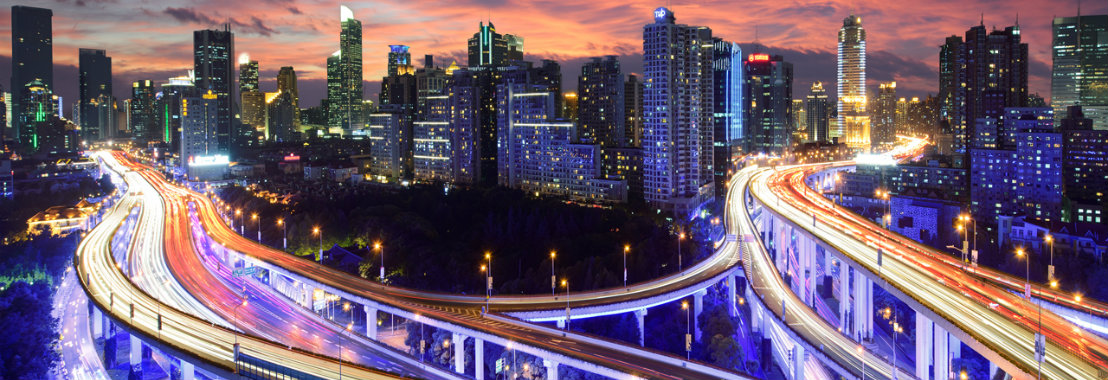On April 11, 2014 the City of Markham hosted its first Smart City Forum. This inspiring event brought together a diverse group of participants from sectors that included health care, energy, government, information technology, and more. As panelists addressed Smart City innovations, the Forum’s agenda essentially addressed the question “what makes a Smart City?”
It seems that the first natural reaction to this question is to think about information technology, the growing use of the Internet, and the emergence of smart devices. Devices and machines are now communicating with each other often leaving human intervention out of the equation. Some refer to this paradigm shift as the “Internet of Everything (IoE).”
I believe the answer to the Smart City question is more holistic than a narrow focus on the use of emerging technologies. A Smart City develops strategies to not only make the best use of technology, but develops strategies that are resilient and sustainable while coordinating activities to conserve our limited resources. A Smart City strategy coordinates the participation of a broad base of stakeholders both in the private and public sector. A Smart City strategy will prevent us from falling into the trap of conducting business (and our lives) in the business-as-usual mold.
Allow me to extend this thought process to creating a Smart Energy City. For many, the first inclination is to think electricity when asked to consider energy. From there, smarter electricity grids and smart meters become the obvious technology discussions. Ontario‘s energy policy will need to move well beyond an electricity focus. We cannot simply “fine-tune” old delivery methods. The application of new gadgets and communication technology will not get us where we need to go.
So what defines a Smart Energy City?
Consider a City that connects electricity, thermal and transportation grids to maximize system efficiency and minimize energy waste. Consider a City that produces electricity locally at an efficiency more than double what is supplied from the provincial power grid.
Consider a City that never wastes energy, ever. Heat is recovered from the local power plant and used to heat local buildings or produce hot water for a local business. If the heat cannot be used right away, it is stored until it can be used.
Consider a City that harnesses any and all local energy sources, such as biomass, biogas, ground source energy, or lake water. Consider a City that recovers waste heat from a power hungry data centre, which is then used to heat other buildings in the community.
Consider a City that collects its organic waste, produces biogas in a local processing plant, and then sends the biogas back to the energy plant to create electricity and heat for the people living in the buildings who produce the organic waste in the first place.
Consider a City that designs a resilient district energy system in a way it can be used to power and heat a grouping of buildings in the case of a widespread power outage during the harsh Canadian winter.
These strategies go well beyond smart meters and the Internet. Markham is on this path and is well on its way to becoming a Smart Energy City. Markham District Energy is proud to be a foundational part of this journey.
The topic of this Blog is best summarized in this short video produced by QUEST, a Canadian organization focused on the development of smart energy communities.
Bruce Ander

